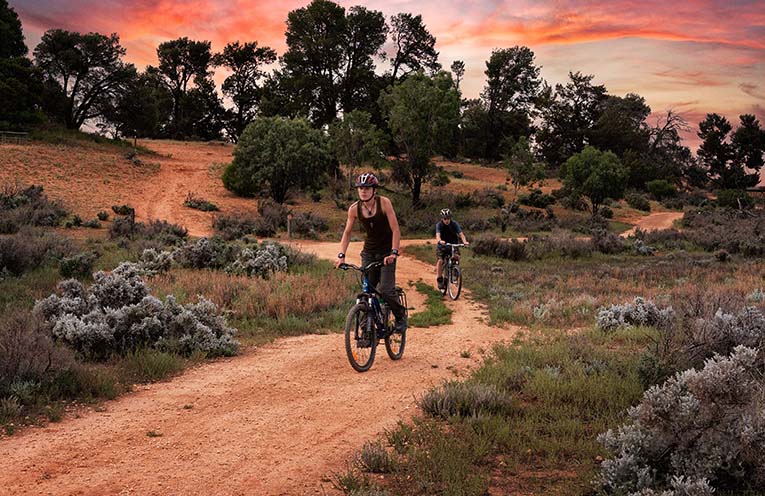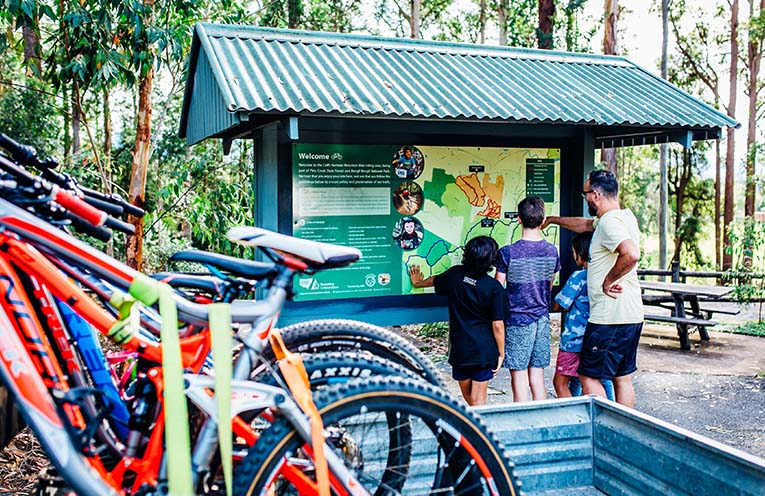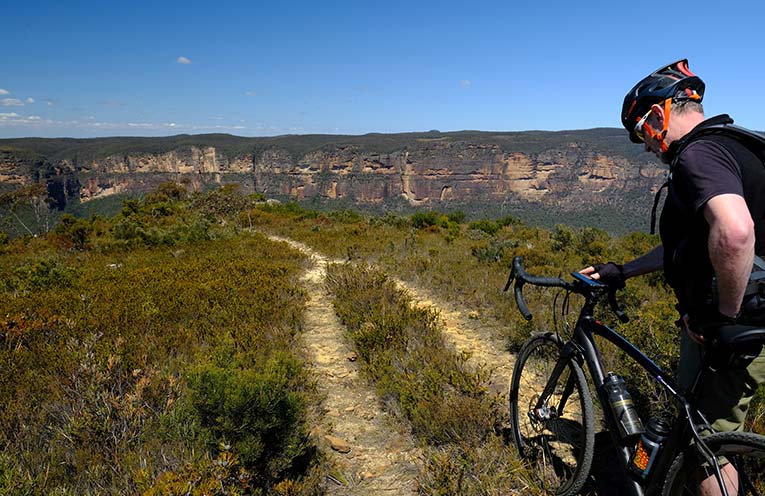
THANKS to a growing demand for cycling experiences in national parks, a new National Parks and Wildlife Service (NPWS) Cycling Strategy launched last week.
Following extensive community consultation – with more than 1000 submissions – the new framework will guide Park managers right across the State, NPWS Acting Deputy Secretary and Head of Parks Naomi Stephens said.
 Advertise with News of The Area today.
Advertise with News of The Area today.It’s worth it for your business.
Message us.
Phone us – (02) 4981 8882.
Email us – media@newsofthearea.com.au
“Over the past ten years, more and more people are realising the physical and mental health benefits of cycling and connecting with nature,” Ms Stephens said.
“We’re pleased this new NPWS Cycling Strategy offers sustainable cycling opportunities for visitors, while conserving cultural heritage and wildlife values.
“Just like riding a bike, it’s all about balance – not all cycling activities will be appropriate in all national parks, and unauthorised tracks can be unsafe or unsustainable.
“Cycling, including mountain biking, can raise awareness and appreciation of nature.”
However, unauthorised tracks have a devastating impact on the natural and cultural values of our parks, with damage including soil degradation and loss due to erosion, impacts on waterways, and removal of vegetation.
NPWS manages or co-manages 890 parks covering more than 9 percent of New South Wales, and under the National Parks and Wildlife Act it must protect parks’ natural and cultural heritage on all parks’ estate.
The new strategy provides for better management of existing and future cycling experiences in our national parks, including single-track rides, technical features, road cycling, cycle paths and more than 30,000 kilometres of shared-use management trails.
“The strategy provides a framework to balance conservation of priceless national parks with the community’s desire to spend time cycling in them,” Ms Stephens said.
“National Parks managers will now have guidelines to improve sustainable cycling experiences and manage unauthorised tracks in consultation with stakeholders, while fulfilling legal requirements to protect our natural and cultural heritage.”
The NPWS Cycling Strategy is accompanied by a Guidelines for Implementation handbook.
Learn more at www.environment.nsw.gov.au/cycling-strategy

